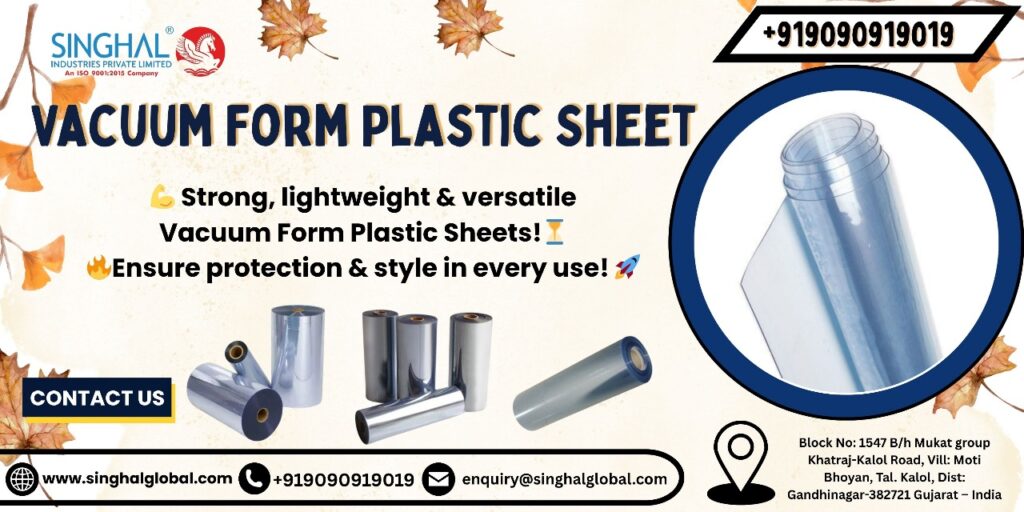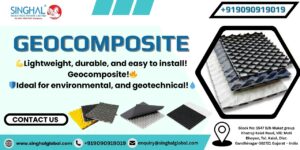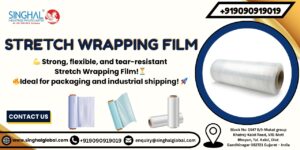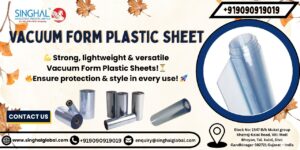If you’ve seen a perfectly-molded plastic tray containing your favorite snacks, or elegant plastic panels on the dashboard of your car and you’ve witnessed the wonders of vacuum forming. The process has been changing the way plastic products are made for a long time, but now it’s receiving an exciting overhaul. Plastic fabrication’s future is brighter, and more inventive due to advancements in vacuum forming sheet technology for plastic.
In the quest for lighter, stronger and more environmentally sustainable materials, vacuum-formed sheets of plastic are emerging as the ultimate weapon. Let’s unravel all the layers that make up this fascinating process to see the direction it’s heading to.
Understanding Vacuum Forming
In the end, vacuum forming is a simple concept. A thermoplastic sheet will be heated up until it turns soft and flexible. After that, using an instrument for vacuum forming, the sheets of plastic are pushed down on a mold, while air is pulled out, causing the sheet to fit the mold’s form. After cooling, you’ll be left with a lightweight, strong component that is trimmed or painted before being assembled.
Imagine draping blankets of warm warmth over a statue. The only difference is that the blanket is able to harden into the exact form as the figure. This is the beauty of Vacuum form plastic sheets The accuracy is amazing, and yet the process is economical.
I have a memory of visiting a small workshop that employed this method to design medical device housings that were custom made. It was fascinating to observe the way a sheet of plastic transformed into a complicated bent enclosure in less than 10 minutes. It was at this point that the hot sheet was sagging like honey, and then the vacuum pulled it tightly to the mold. It was pure magic!
The Reason Industries Are In Love With It
Industries are constantly balancing costs as well as performance and time. Vacuum forming is a perfect place. It’s less expensive to use than molding with injections for smaller or medium-sized runs, and permits design modifications without the need for costly tooling. Automotive dashboards, food packaging trays, equipment covers, and even retail displays typically originate from this method.
In addition, vacuum-formed sheets of plastic allow rapid prototyping. Designers can easily test shapes and encourage their creativity. Engineers can be heard telling engineers, “Let’s try something wild!”—because the chance of failure is much less. If one idea fails, it’s time to heat another sheet and attempt again.
With modern CAD-driven equipment, the precision is at the next level. The sketch of a designer can be an entire plastic panel by the time the clock is over. This speed is why many industries, from aerospace to healthcare, are taking to the technology.
The Tech Leap: Smarter Machines, Greener Materials
The most exciting thing is what the future holds for us. Vacuum forming machine plastic sheets are now being made equipped with sophisticated controls and automation. Sensors monitor temperature, pressure, and cooling in real-time and ensure consistency. Robots are now taking over trimming and finishing that were previously dirty manual tasks. This means fewer mistakes, less waste, and faster processing times.
In addition, the field of material science is rapidly improving. Traditional sheets such as ABS, HIPS, polycarbonate, and a variety of others can be joined together with bio-based materials and recycled blends. Imagine packaging containers made of post-consumer waste that can be reused. It’s a loop, not an empty landfill.
In all honesty, this is what makes me optimistic. The plastic industry has an undeserved bad name for its pollution, and it’s not without reason. However, watching manufacturers create eco-friendly vacuum-formed sheets of plastic feels like a sense of redemption. There’s a sense of optimism that innovation is able to help clean up the mess it has created.
Real-Life Uses That Might Surprise You
The majority of people don’t think about where products that are vacuum formed appear, yet they’re all over the place. The sleek clamshell to hold your brand new headphones? Vacuum formed. The thin ceiling panels found in buses? Vacuum formed. Some car bumpers even begin their life as plastic vacuum sheets.
A good friend of mine who owns a small bakery began using custom-designed vacuum-formed trays that showcase pastries. They are now expensive, but he also told me they cost a fraction of the price when compared to glass or metal displays. This flexibility and affordability are the reasons this technique is being incorporated into small-sized businesses and not just large factories.
Challenges on the Horizon
There are some bumps in the road. One of the challenges is material waste. Cutting pieces from huge vacuum-formed plastic sheets can leave behind scraps. Recycling them effectively is a work in development. Additionally, although these molds are more affordable than injection molds, they require time and money to construct.
There’s an interesting fact: some engineers claim that vacuum forming restricts the design options compared to 3D printing or molding. There’s no way to make razor-sharp hollow shapes or undercuts. In reality, these are design issues and not process issues. Design professionals who are smart use the process, not against it.
The Road Ahead
In the future, I can observe that the formation of vacuums is taking place in two fascinating directions. Sustainability will not be a question. Look for more plant-based plastics, closed-loop recycling, and biodegradable alternatives. The second reason is that customization will increase. Utilizing AI-driven design tools, you can feed your idea into software and create an unformed prototype that same day.
Conclusion
Vacuum forming has been around for a long time; however, it’s just getting its moment in the spotlight. With the help of smart machines, more sustainable Vacuum forming plastic sheets, and rapid prototyping, the process is changing the way that plastic fabrication is made. It’s fast, it’s easy, and it could define the future literally.
Yes, there are limitations and growing discomforts. But watching a plastic sheet transform into a sleek, robust, and long-lasting piece of material is still awe-inspiring to me. If this magic can be sustainable, then perhaps the plastics future might not be as dark after all.
Frequently Asked Questions (FAQs)
Q1. What kinds of plastics can be utilized for vacuum-forming?
The most commonly used plastics are ABS, HIPS (High Impact Polystyrene) PETG, polycarbonate, as well as PVC. Each one has distinct properties such as clarity, impact strength and flexibility, so your decision you make will depend on your project’s requirements.
Q2. Which is the best plastic to form a vacuum?
ABS is generally regarded as the most versatile material for vacuum-forming, as it is able to balance the cost, strength as well as the speed of its formation. However, for parts that are clear plastics like PETG or polycarbonate are typically the preferred choice.
Q3. Do I have to use vacuum form sheets to package my products?
Absolutely! Many packaging trays for consumer use including blister packs, trays, and clamshells are manufactured in this manner. It’s quick and provides professional results.
Q4. Do vacuum formed sheets shrink after molding?
They may shrink slightly when they cool, however modern machines can compensate for this. Designers typically account for shrinkage at the design stage of the mold.
Q5. Who is the largest exporter of vacuum formed?
Many countries such as China, Germany, and the USA have a leading position in exports of vacuum formed plastic. A number of large vacuum forming plastic sheets manufacturers operate worldwide providing electronics, automotive and packaging industries.









